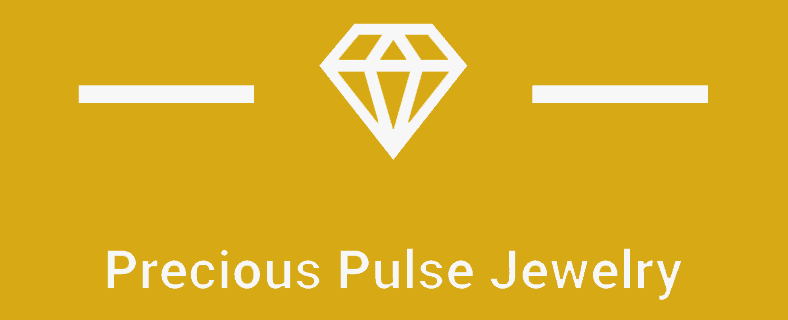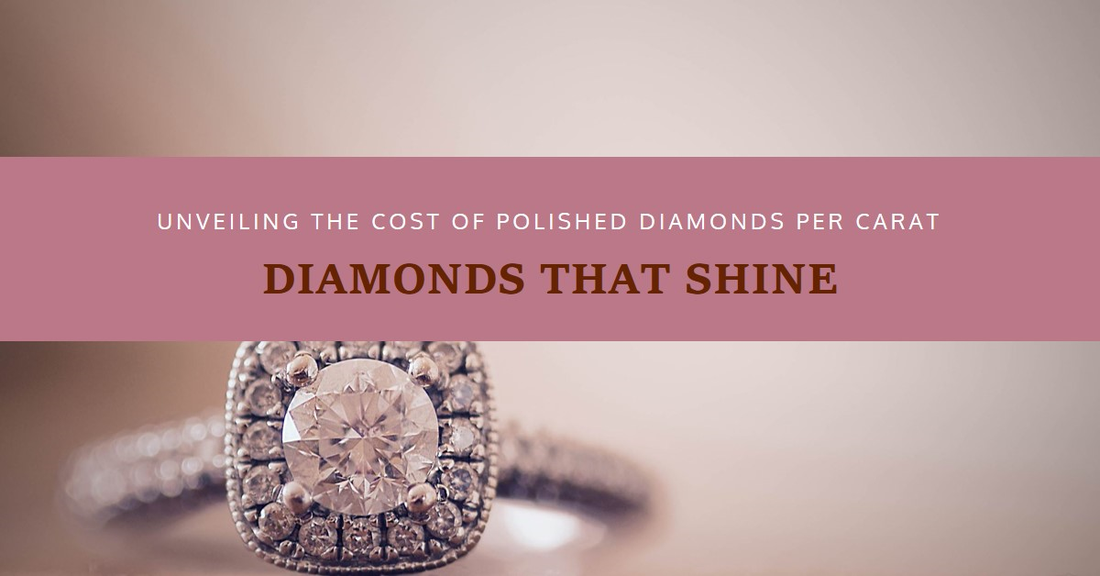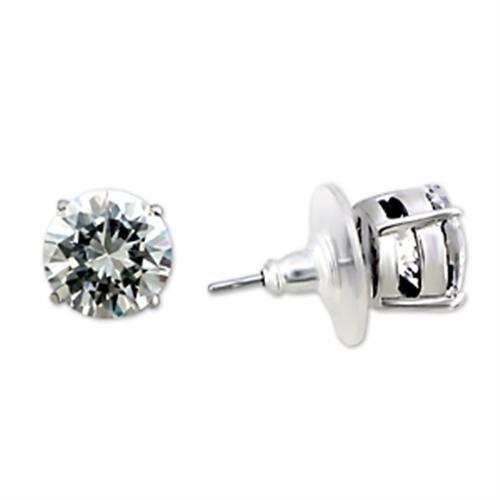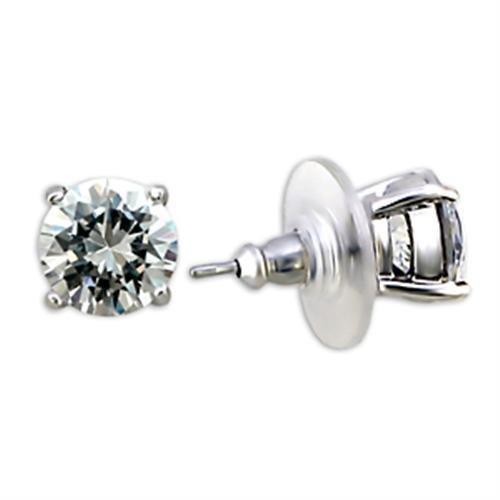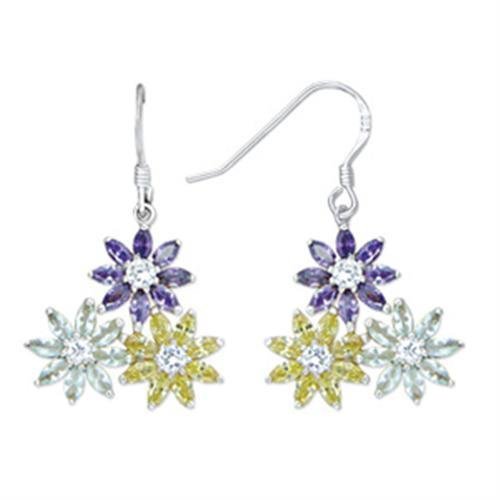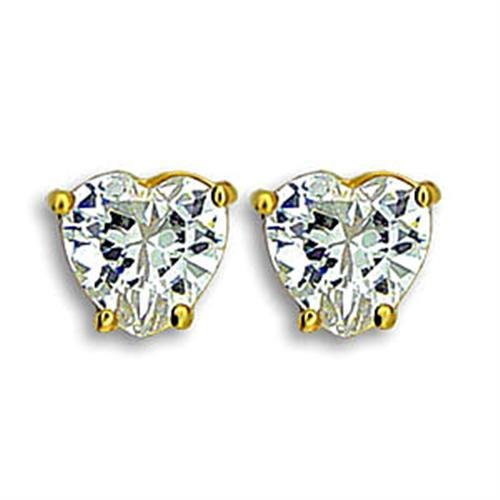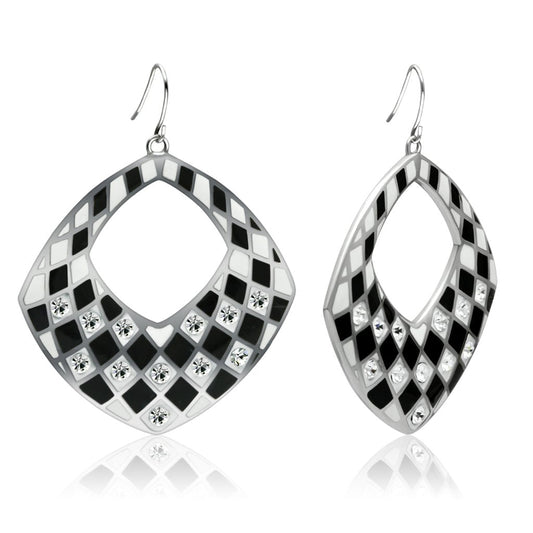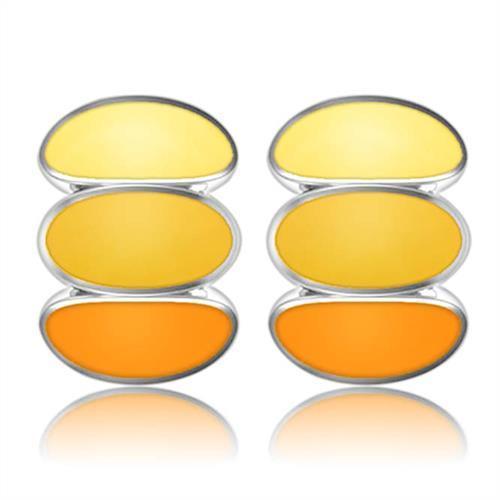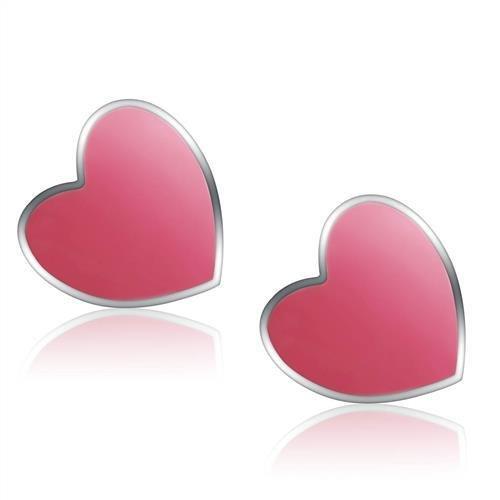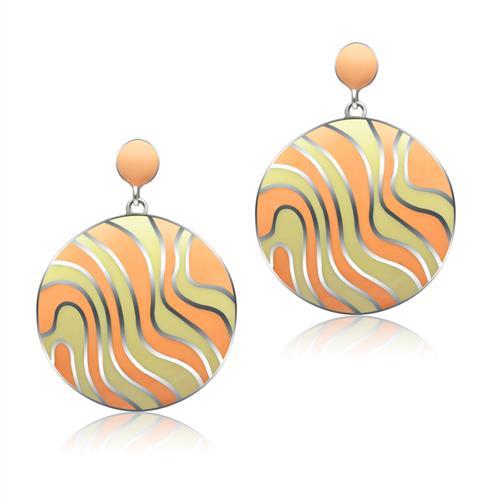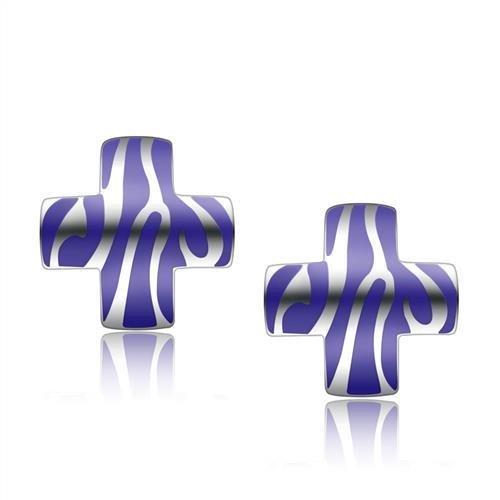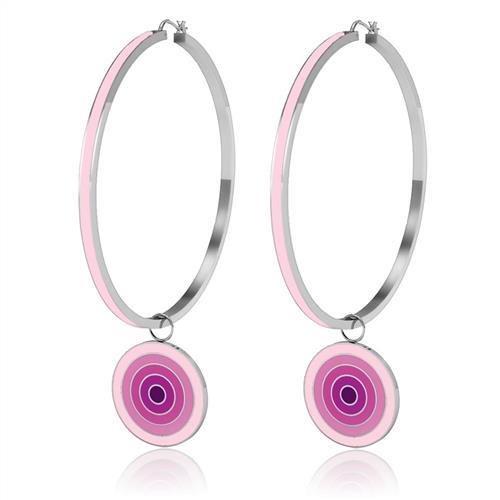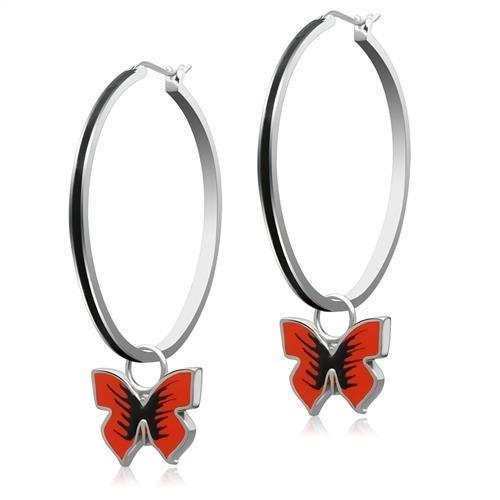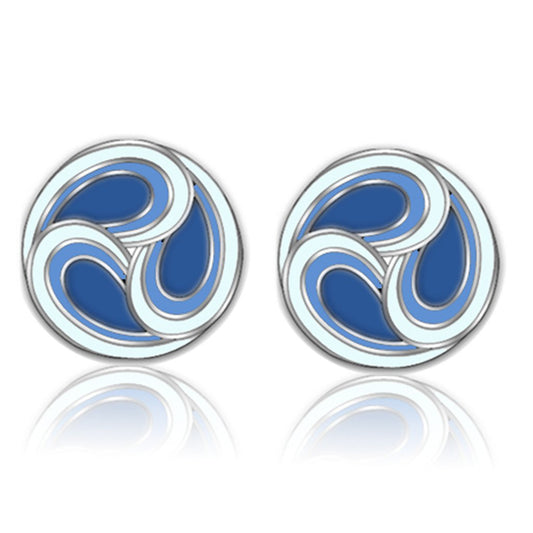Understanding the cost of polished diamonds per carat is crucial for anyone interested in purchasing these precious gems. This article dives into the various factors that influence diamond prices, including the 4 Cs (Cut, Color, Clarity, Carat), and explores the differences between rough and polished diamonds. We will also touch upon the impact of diamond shape and size, diamond grading, and market pricing trends. By the end of this article, you will have a comprehensive understanding of what drives the cost of polished diamonds and how to make informed purchasing decisions.
Table of Contents
- The Fundamentals of Diamond Pricing
- The Role of Diamond Shape and Size
- Wholesale vs. Retail Prices
- The Impact of Diamond Grading
- Market Pricing Trends
- Lab-Grown Diamonds: A Modern Alternative
- Rough Diamond Pricing Criteria
- The Role of Diamond Cut Quality
- Diamond Fluorescence and Its Impact
- Diamond Price Calculators and Tools
- Practical Tips for Purchasing Diamonds
- Diamond Certification and Trade
- Fancy Colored Diamonds and Their Unique Grading
- FAQ: How Much Do Polished Diamonds Cost Per Carat?
- Key Takeaway
The Fundamentals of Diamond Pricing
When it comes to the price of polished diamonds, several key factors play a significant role. These factors are commonly referred to as the 4 Cs: Cut, Color, Clarity, and Carat.
- Cut: The quality of the cut affects a diamond's brilliance and symmetry. Excellent cuts tend to be more expensive due to their superior light performance.
- Color: Diamonds are graded on a color scale from D (colorless) to Z (light yellow). Colorless diamonds are rarer and therefore more valuable.
- Clarity: This measures the presence of internal or external flaws. Diamonds with fewer imperfections are highly sought after.
- Carat: The weight of the diamond is measured in carats. Larger diamonds are rare and thus command higher prices.
Understanding these fundamentals helps in assessing diamond prices per carat. Each of these factors contributes differently to the overall value and price of the diamond.
The Role of Diamond Shape and Size
Diamond shape and size also significantly impact the price per carat. Popular shapes include round, princess, and oval, with round diamonds often being the most expensive due to their high demand and cutting process. The size, measured in carat weight, can cause prices to increase exponentially. For example, a two-carat diamond typically costs more than double a one-carat diamond of similar quality.
"The shape and size of a diamond are crucial in determining its overall price. Round diamonds, due to their popularity and cutting requirements, often command a premium."
Explore our rings collection to see various shapes and sizes available.
Wholesale vs. Retail Prices
The pricing structure for diamonds varies between wholesale and retail markets. Wholesale diamond prices are generally lower as they are sold in bulk to jewelers and other industry professionals. Retail prices, on the other hand, include markups that cover overhead costs, marketing, and profit margins.
Understanding the difference between wholesale and retail prices can help you make better purchasing decisions. For those interested in exploring options, our earrings collection offers a wide range of beautifully crafted pieces.
The Impact of Diamond Grading
Diamond grading is performed by reputable institutions such as the Gemological Institute of America (GIA). A GIA certified diamond comes with a report detailing its characteristics, ensuring transparency and trust in the purchase process. Graded diamonds often fetch higher prices due to their verified quality.
For more insight into diamond quality, visit our necklaces collection, featuring pieces with high-grade diamonds.
Market Pricing Trends
The diamond market is influenced by several factors, including economic conditions, demand and supply, and geopolitical events. Tools like the Rapaport Diamond Price List and Diamond Prices Index provide industry benchmarks for diamond prices, helping buyers and sellers gauge market trends.
Staying updated with these trends is crucial for both investment and purchase purposes. For example, our bracelets collection showcases pieces that reflect current market trends.
Lab-Grown Diamonds: A Modern Alternative
In recent years, lab-grown diamonds have emerged as a popular alternative to natural diamonds. These diamonds are created in a controlled environment, mirroring the conditions that produce natural diamonds. Lab-grown diamonds are often more affordable than their natural counterparts while maintaining similar physical, chemical, and optical properties.
- Cost-Effectiveness: Lab-grown diamonds generally cost 20-40% less than natural diamonds of comparable quality.
- Ethical Considerations: They offer a conflict-free option, appealing to consumers concerned about the ethical implications of mining.
- Environmental Impact: Producing lab-grown diamonds typically has a smaller environmental footprint compared to traditional mining methods.
To explore affordable yet stunning options, check out our brooches collection, which features exquisite lab-grown diamond pieces.
Rough Diamond Pricing Criteria
Rough diamonds, which are uncut and unpolished, have their own pricing dynamics. The pricing of rough diamonds is influenced by several factors:
- Crystalline Structure: The internal arrangement of atoms affects the diamond's eventual cut and polish quality.
- Size and Shape: Larger rough diamonds with favorable shapes yield higher-quality polished diamonds, thus commanding higher prices.
- Color and Clarity: Similar to polished diamonds, the initial color and clarity of a rough diamond play a significant role in its valuation.
- Yield Percentage: This refers to the amount of usable diamond obtained from the rough stone. Higher yields reduce waste and increase the diamond's overall value.
For those interested in rough diamonds, understanding these criteria is essential. The bangles collection features pieces that showcase the beauty of well-cut diamonds derived from quality rough stones.
The Role of Diamond Cut Quality
The cut quality of a diamond significantly impacts its price and overall appeal. A well-cut diamond maximizes light reflection, enhancing its brilliance and sparkle. Diamond cut grades range from Poor to Excellent, with Excellent cuts being the most sought after.
- Symmetry and Proportions: Precise cuts ensure balanced proportions and symmetrical facets, contributing to the diamond's visual appeal.
- Polish: The smoothness of a diamond's surface affects its shine and brilliance.
- Cutting Techniques: Advances in cutting technology have enabled jewelers to produce diamonds with superior light performance.
For an array of diamonds with exceptional cut quality, browse our necklaces collection, where each piece is crafted to perfection.
Diamond Fluorescence and Its Impact
Fluorescence refers to a diamond's tendency to emit a soft glow when exposed to ultraviolet light. While fluorescence can enhance the appearance of some diamonds, in others, it may cause a hazy or milky appearance.
- Positive Effects: In lower-color diamonds, fluorescence can make them appear whiter and more vibrant.
- Negative Effects: In higher-color diamonds, strong fluorescence might negatively impact their transparency and value.
Understanding fluorescence is crucial for making an informed diamond purchase. Explore our rings collection to find diamonds with varying levels of fluorescence to suit your preferences.
Diamond Price Calculators and Tools
Various online tools and calculators help consumers estimate the price of diamonds based on their characteristics. These tools consider factors like carat weight, cut, color, and clarity to provide a price estimate.
- Rapaport Diamond Price List: This is a widely used benchmark for diamond prices in the industry.
- Diamond Prices Index: This index tracks global diamond price trends, helping buyers and sellers make informed decisions.
- Rough Diamond Price Simulator: This tool allows users to simulate the pricing of rough diamonds based on specific criteria.
Utilizing these resources can aid in finding diamonds that fit your budget and preferences. To see practical examples of these tools in action, visit our earrings collection.
Practical Tips for Purchasing Diamonds
When purchasing diamonds, several practical tips can help you make an informed decision:
- Set a Budget: Determine your budget before starting your search to narrow down your options.
- Understand the 4 Cs: Familiarize yourself with the 4 Cs to evaluate diamond quality effectively.
- Compare Prices: Use tools like the Rapaport Diamond Price List and online calculators to compare prices.
- Check Certification: Always opt for diamonds with reputable certification to ensure quality.
- Consider Lab-Grown Diamonds: If budget and ethical considerations are a priority, lab-grown diamonds can be an excellent choice.
For a wide selection of diamonds that cater to various preferences and budgets, check out our rings collection.
Diamond Certification and Trade
Certification is critical in the diamond trade, ensuring that diamonds are accurately graded and ethically sourced. Reputable certification bodies like GIA, AGS, and IGI provide detailed reports that include information on a diamond's cut, color, clarity, and carat weight.
- GIA Certified Diamonds: GIA is renowned for its strict grading standards and comprehensive reports.
- AGS Certification: Known for its precise cut grading, AGS provides reliable certification.
- IGI Certification: IGI is popular for grading lab-grown diamonds and offers detailed reports.
To explore certified diamonds, visit our earrings collection, where each piece is accompanied by trusted certification.
Fancy Colored Diamonds and Their Unique Grading
Fancy colored diamonds, such as fancy yellow diamonds, have a unique grading system different from white diamonds. The color intensity is a primary factor influencing their value.
- Grading Intensity: Fancy colored diamonds are graded on a scale from Faint to Fancy Vivid.
- Rarity and Value: The more intense the color, the rarer and more valuable the diamond.
- Investment Potential: Fancy colored diamonds, particularly those with vivid colors, can be excellent investment pieces.
Our brooches collection features unique fancy colored diamond pieces that showcase the beauty and rarity of these gems.
FAQ: How Much Do Polished Diamonds Cost Per Carat?
1. What is the average cost of a 1-carat polished diamond?
The average cost of a 1-carat polished diamond can vary significantly based on the 4 Cs (Cut, Color, Clarity, Carat). Generally, prices range from $2,000 to $25,000, with high-quality diamonds at the higher end of the spectrum.
2. How does diamond fluorescence affect the price per carat?
Diamond fluorescence can impact the price per carat. Diamonds with strong fluorescence may be less expensive, especially in higher color grades, as it can cause a milky or hazy appearance. However, in lower color grades, fluorescence might enhance the diamond’s appearance, sometimes increasing its value.
3. Do diamond prices per carat increase with size?
Yes, diamond prices per carat typically increase with size. Larger diamonds are rarer and more desirable, leading to a higher price per carat. For instance, a 2-carat diamond often costs more than twice the price of a 1-carat diamond of similar quality.
4. How do diamond imperfections influence the price per carat?
Diamond imperfections, or inclusions and blemishes, can lower the price per carat. Diamonds with fewer and smaller imperfections are considered higher quality and are priced accordingly. Clarity grades range from Flawless to Included, with Flawless diamonds being the most expensive.
5. What is the impact of diamond shape on the price per carat?
Diamond shape significantly impacts the price per carat. Round diamonds are generally the most expensive due to their high demand and the amount of rough diamond wasted during cutting. Fancy shapes like princess, emerald, and oval can be more affordable.
6. How do wholesale diamond prices compare to retail prices?
Wholesale diamond prices are usually lower than retail prices. Retail prices include additional costs such as marketing, overhead, and profit margins. Purchasing diamonds wholesale can save you money, especially if buying in bulk.
7. Are lab-grown diamonds cheaper per carat than natural diamonds?
Yes, lab-grown diamonds are typically cheaper per carat than natural diamonds, often costing 20-40% less. They offer a more affordable and ethical alternative while maintaining similar physical, chemical, and optical properties to natural diamonds.
8. How can I use the Rapaport Diamond Price List to estimate diamond costs?
The Rapaport Diamond Price List is a tool used by industry professionals to determine diamond prices based on their characteristics. It provides a benchmark for diamond prices per carat based on various quality factors. Consumers can use this list to compare prices and make informed purchasing decisions.
9. What role does diamond certification play in pricing?
Diamond certification from reputable institutions like GIA ensures the diamond’s quality and authenticity, often leading to higher prices. Certified diamonds come with a detailed report of their characteristics, providing transparency and confidence for buyers.
10. How can market trends affect diamond prices per carat?
Market trends, including economic conditions, supply and demand, and geopolitical events, can influence diamond prices per carat. For example, economic growth can increase demand for luxury goods, driving up diamond prices, while political instability in diamond-producing regions can affect supply and pricing.
Key Takeaway
Understanding the various factors that influence diamond prices per carat, including fluorescence, imperfections, shape, and market trends, can help you make informed purchasing decisions. Utilizing tools like the Rapaport Diamond Price List and opting for certified diamonds ensures you get the best value for your investment.
By comprehensively understanding the various factors that influence polished diamond prices, you can make well-informed decisions when purchasing these precious gems. Explore our collections for a diverse range of certified diamonds and stay updated with market trends to ensure you get the best value for your investment.
